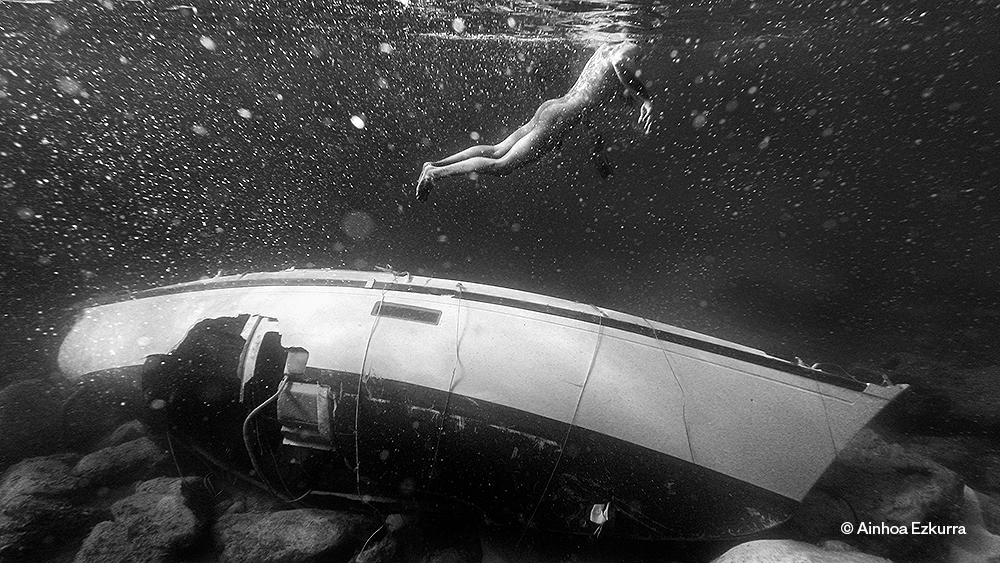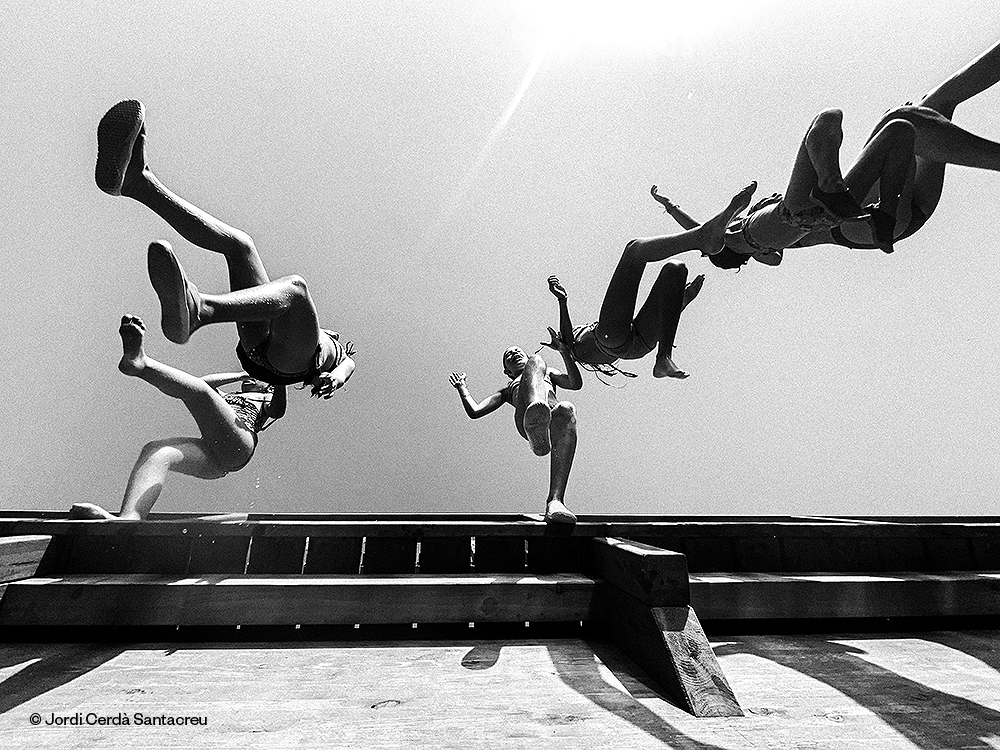MARE 2025 COMPETITION
The sixth edition of MARE will follow the classic contest format, with underwater digital photography as the main discipline. Photography is an ideal language to reveal the hidden beauty of the sea, with all its colours and light. It also allows us to document species and habitats, providing essential information about their conservation status.


VI EDITION SUMMARY
Open call for entries for the MARE 2025 Audiovisual Competition for the Conservation of the Balearic Sea
Deadline for submitting your photographs: 15 September 2025.
You can submit up to 20 digital photographs related to the Balearic and Mediterranean seas, which bring to light their richness and beauty or show the relationship between people and the marine environment, be they positive or negative relationships, success stories, or complaints.
In all cases, the photographs must have been taken in the Balearic or Mediterranean seas since October 2019 and must not have been awarded a prize in any of the previous MARE competitions.
Those under 16 years of age can participate in the YOUTH DIVISION and those aged 16 and over in the GENERAL DIVISION. Depending on their experience, those in the GENERAL DIVISION can participate as an AMATEUR (original JPG or RAW essential) or an EXPERT (RAW essential).
If you are participating in the YOUTH DIVISION, you can submit your photographs to a single, generic, juried category. You are also eligible to submit to MARE Popularis.
If you are participating in the GENERAL DIVISION, you can submit your photographs across any or all of the five juried categories: 1. MARE Animalia; 2. MARE Botanica; 3. MARE Sapiens; 4. MARE Denuntiare; 5. MARE Nostrum. You are also eligible to submit to MARE Popularis.
In the MARE Popularis (People’s Choice) category, open to all participants, the winner will be chosen by popular decision through your votes on our website.
All photographs must be submitted in JPG format, with 1920 pixels on the largest side and less than 4 MB in size, without watermarks, borders, or captions.
Each photograph you submit must be accompanied by a short conservation text. Also, you must indicate where it was taken, the approximate date and its title.
Except for MARE Popularis, the jury will select the most interesting photographs in each category and award the prizes.
A total of €10,000 will be distributed over 24 prizes in the form of cash and Aquatic Expedition Kits. Six honourable mentions will be awarded: three for «marine protected areas» and three for «shallow bays».
The selected photographs will be included on our website and may form part of a travelling exhibition that will tour the Balearic Islands in 2026.
Registration for MARE 2025 is free for those under 18 years old, members of the Associació de Fotografia de Natura de les Illes Balears (AFONIB), the Federación Balear de Actividades Subacuáticas (FBDAS), flickerosdeibiza and associated diving centres. Otherwise, the registration fee is €10, whether you submit one photo or 20.
THANK YOU FOR PARTICIPATING.

Diving centers associated with MARE
If you are a member of one of the following centres, you can enter the Audiovisual Competition for the Conservation of the Balearic Sea MARE for free.
Mallorca
- Albatros Diving (Cala Bona)
- Mar Balear Dive Center (Port Adriano)
- Octopus Mallorca (Puerto de Soller)
- Skualo Porto Cristo (Porto Cristo)
- Tramuntana diving (Puerto Pollença)
Menorca
- Binibeca Diving (Cala Torrent)
- Diving Menorca (Playas de Fornells)
Ibiza
- Scuba Ibiza (Puerto de Ibiza)
Formentera
- Vellmarí Formentera (La Savina)
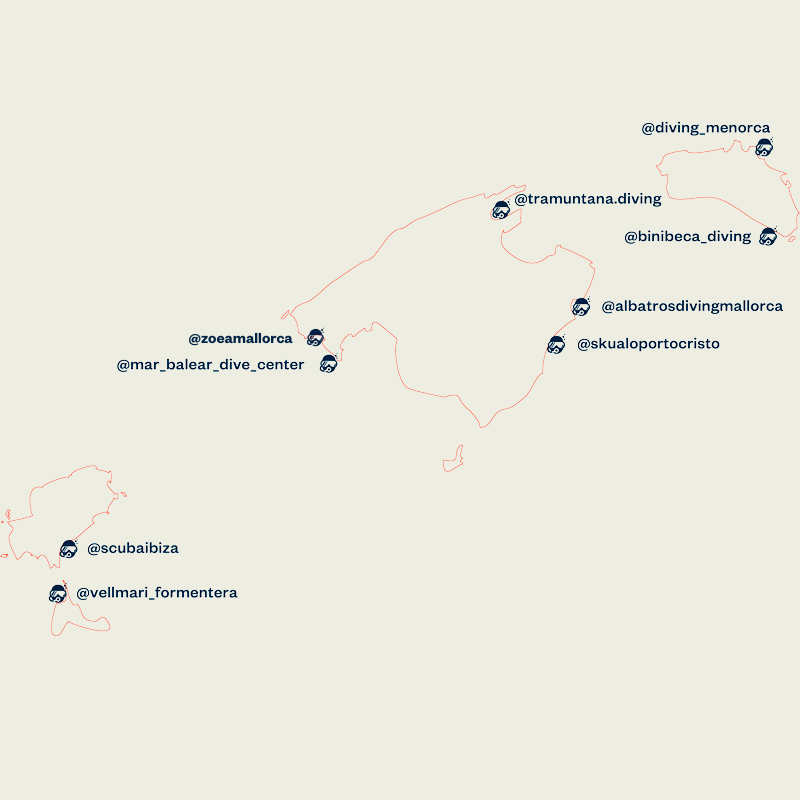
Jury
-
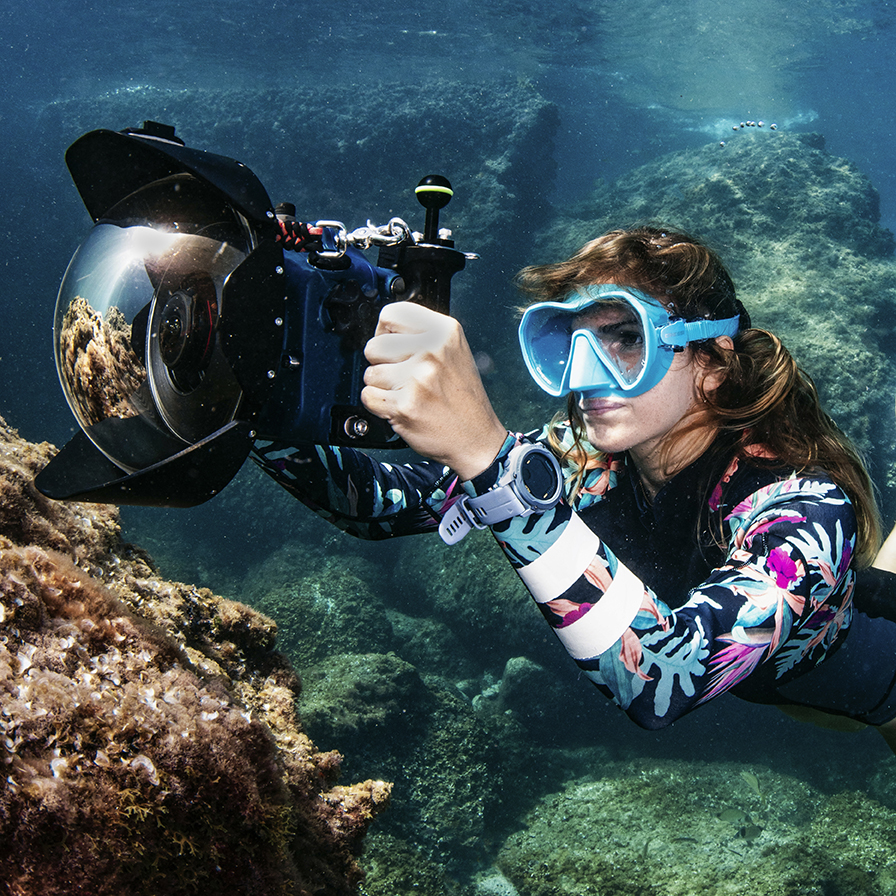
Merche Llobera
Passionate about the animal world and adventure, Merche Llobera has travelled the world capturing the essence of wildlife. Her work has been published in various magazines and recognised in prestigious competitions such as Ocean Photographer of the Year, European Wildlife Photographer of the Year and Siena Awards. In the World Photographic Cup, she was twice named ‘Best in the Nation’, winning gold in 2025. She has also been a speaker at various events such as Exodus Aveiro Fest, Montphoto, and Naturcoa. In addition, she has contributed to MOTHER magazine, promoting the importance of nature and its conservation.
-
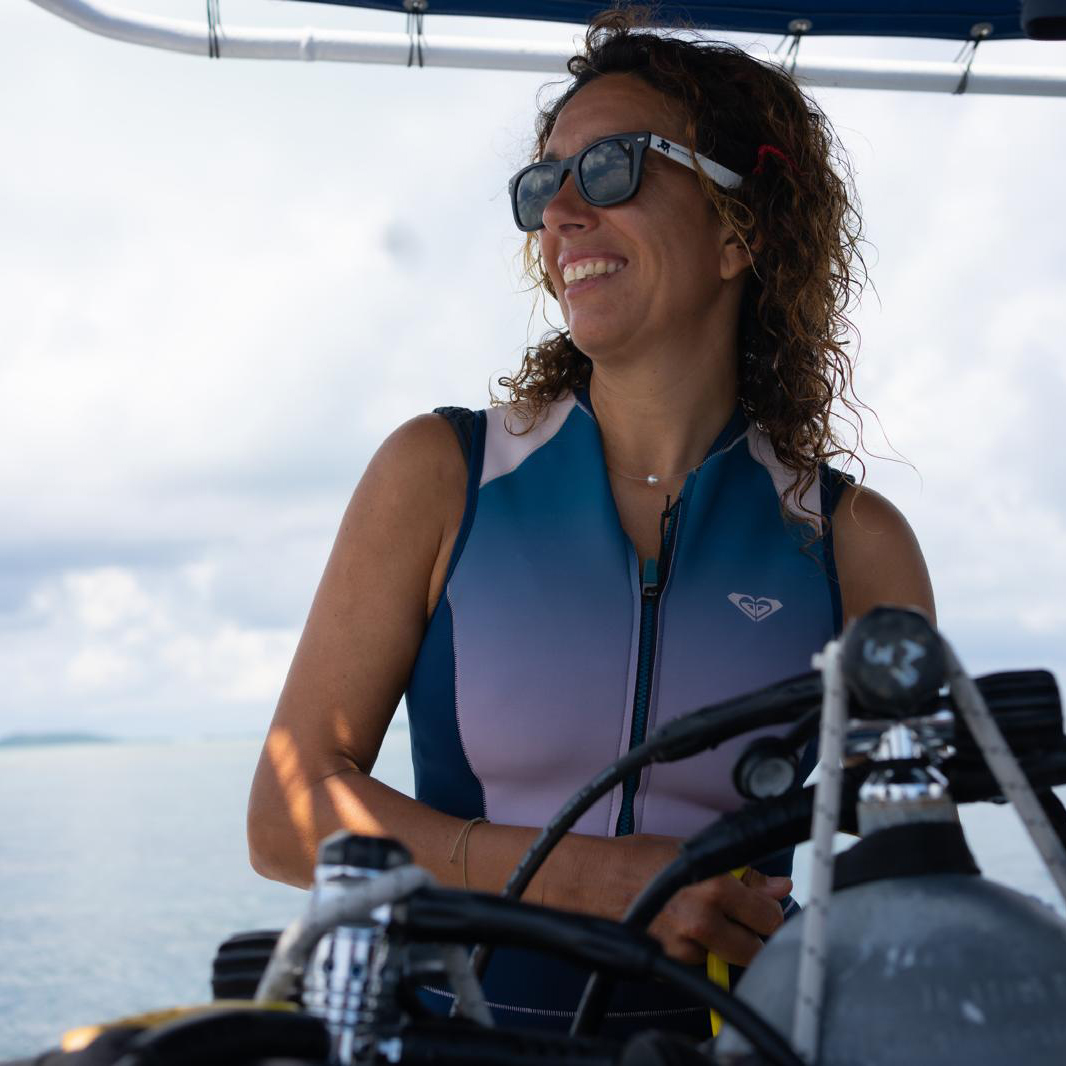
Emma Cebrián
Emma Cebrian holds a PhD in marine ecology and biology. Her research focuses on the application of marine community ecology to the conservation and restoration of Mediterranean marine ecosystems. Examples include incorporating an understanding of biodiversity patterns, interactions between species, links between habitats and species, and quantifying the cumulative impacts of multiple impacts derived from human activities. More recently, she has also focused on exploring new active restoration techniques for the recovery of keystone species and the habitats they provide. And if that weren't enough, she is also a keen photographer!
-
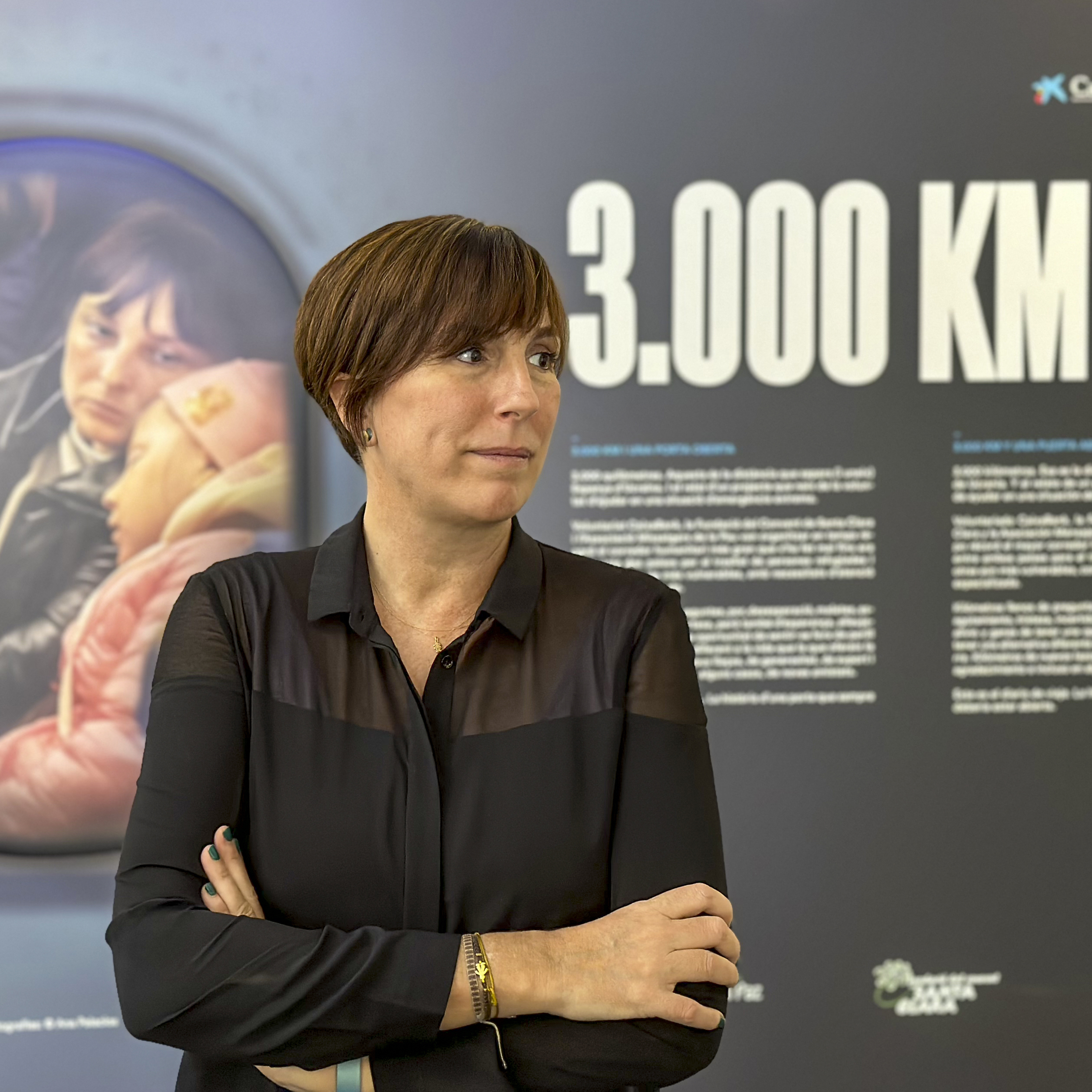
Ana Palacios
Ana Palacios is a visual journalist specialising in comprehensive communication for projects with social impact. She is a mentor for the Canon Europe Student Programme. She publishes her reports in media outlets such as National Geographic, CNN, The Guardian Weekend Magazine, etc. Her solo exhibitions have been on display at the Círculo de Bellas Artes in Madrid, the Alliance Française in Tanzania and the Casa de la Donne in Rome. She is a member of the jury for photography awards such as the Luis Valtueña and ASISAFoto. She teaches on the Master's Degree in PHotoESPAÑA and at the Agencia EFE, among others. She has published three books and directed a documentary on child slavery available on Filmin.
ETHICAL CODE
The audiovisual competition for the conservation of the Balearic Sea is subject to the code of ethics that regulates conservation photography, which all participants must respect and comply with. The spirit of this code of ethics focuses, above all, on these principles:
- The safety of the subject and the preservation of its environment is always more important than obtaining the photograph.
- The biology and behaviour of the species to be photographed must be documented beforehand to prevent inappropriate actions.
- The necessary permits must be requested from the relevant authorities to photograph species that require this by law or are in protected areas.
- Animals must be photographed in their natural environment, with no alteration to their behaviour.
- The location of rare or endangered species should not be disclosed, except to accredited researchers and administrations responsible for their conservation.
Read our complete code of ethics here:
Association of Nature Photographers of the Balearic Islands, AFONIB
Frequently asked questions
-
-
No, you don't. Once you have registered, you can upload your photos whenever it suits you best. This way you can correct mistakes, change photos, etc. When you have finished uploading all your photos and you are happy with the result, don't forget to click on the submit button.
-
You can submit photos taken in the last five years, i.e., you can submit any photo taken after October 2018.
-
You can submit a maximum of 20 photos.
-
Yes, you can submit as a YOUNG PERSON or AMATEUR as long as your mobile phone takes photos with resolutions higher than 10 Megapixels. If your mobile also shoots in RAW format, you can submit as a YOUNG PERSON, AMATEUR, or EXPERT.
-
Yes, you can submit as a YOUNG PERSON or AMATEUR as long as your drone takes photos with resolutions higher than 10 Megapixels. If your drone also shoots in RAW format, you can submit as A YOUNG PERSON, AMATEUR, or EXPERT.
-
You can write the texts in Spanish, Catalan, or English. Use the language in which you express yourself best.
-
-
-
Don't worry, it's a common mistake. Write to us at info@marebalear.org with your username and we will reactivate your account so you can correct it.
-
Don't worry, this is a common mistake. Write to us at info@marebalear.org with your username and we will reactivate your account so you can add that photo.
-
It's easy. When you register, click on AFONIB. You will see a drop-down menu. Enter your membership number and that's it! Your registration will cost you nothing.
-
It's easy. When you register, click on FBDAS. You will see a drop-down menu. Enter your membership number and that's it! Your registration will cost you nothing.
-
Unfortunately, the free registration is only for people who are federated in the Balearic Islands.
-
Yes, as long as the dive centre is on the list of dive centres associated with MARE. Call the dive centre and they will give you a code. When you submit, click on PARTNER DIVER CLUB. You will see a drop-down menu. Enter your code and that's it! Your registration will cost you nothing.
-
-
-
You can apply at the level you think you fit best. You should choose based on your experience and confidence in your photography. We use EXPERT to refer to very high-quality photographic material, taken with cameras working in RAW format. We also recommend visiting the MARE Gallery to see previous submissions and evaluate which profile you fit best.
-
You can apply for the level you think you fit best. We use EXPERT to refer to very high-quality photographic material, taken with cameras working in RAW format. We recommend visiting the MARE Gallery to see previous submissions and evaluate which profile you fit best.
-
We recommend taking a look at our website to see the galleries of winners and finalists from previous competitions. This will help you just what level you are at
-
-
-
No, you don't have to. You can enter only the categories you are most interested in. For example, you could submit 20 photos to MARE Animalia or you could distribute the 20 photos among the various categories. It's up to you.
-
Yes, you can submit only to the categories you are most interested in, as long as you do not exceed the maximum allowed number of 20 photos.
-
-
-
Digital processing of photographs is not only permitted, but often recommended. The photo should be as true to reality as possible. You can adjust your photo, but you cannot create something new or delete something that exists. You can do adjust the white balance, make level adjustments, reframe, adjust the contrast and saturation, remove spots from the sensor, and so on. You can’t clone, delete, distort dimensions, transform perspective, over-process, overlay, or make double exposures that have not been made in-camera. Photographs submitted to MARE Popularis are not required to meet this criterion.
-
Your photograph must be as true to reality as possible. You can adjust it, but you cannot create something new or erase something that exists. You can adjust the white balance, make level adjustments, reframe, adjust the contrast and saturation, remove spots from the sensor, etc. You can’t clone, delete, distort dimensions, transform perspective, over-process, overlay, or make double exposures that have not been made in-camera. Photographs submitted to MARE Popularis are not required to meet this criterion.
-
You can submit your processed photographs as long as they are true to life. If your photo is shortlisted, we will ask you for the original file (either RAW or JPG, whichever your camera stores) to check that any photo editing is within the allowed parameters.
-
Yes, you can. There is only one condition. The cropped file you have on your computer (not the one you send us to participate, but the original) must weigh at least 10 megabytes without interpolation. If your photograph is selected, we will need a high-quality file to make physical prints for the exhibition.
-
-
-
What the entry tool shows you when you upload your photo is a thumbnail of it; it is not your photo. It is a very low-quality rendition of your photo that is only intended to confirm that you have uploaded the correct one. Don't worry, the jury will see the photo you see on your screen.
-
Have your monitor properly calibrated and to submit your photo with an Adobe RGB 1998 colour profile.
-
It is not mandatory, but it is recommended. The Adobe RGB 1998 colour profile creates a space that encompasses most of the colours that can be printed on a CMYK printer without conversion. This gives us a minimum level of quality that allows us to ensure that we will see your photo as you see it on your computer. Higher colour spaces such as ProPhotoRGB are also allowed.
-
-
-
Format: JPG. Size: 1920 pixels on the larger side. Maximum weight: 4 Megabytes. Colour space: Adobe RGB 1998 (recommended, not mandatory). Do not remove the Exif (shooting parameters of the photograph). No watermarks, borders, or captions.
-
Sure! Open your photo with any photo editing program. Open dimensions/photo size or some similar command and type 1920 ppx on the side with the largest number. The size of the other side (the smallest) should change automatically. If it hasn't changed, look on the screen next to those numbers for a picture of a paper clip. Click on it to have the proportions automatically adjusted. Save this file in Adobe RGB 1998 colour profile (this is recommended but not mandatory). Click on ‘Save file as jpg’ and change the compression rate until it is less than 4 Megabytes.
-
There are free online programs that allow you to do this. One that works quite well is https://www.adobe.com/es/express/feature/image/resize. You only have to register, but it is free forever.
-
Don't worry, it's very simple. Open your photo with any photo editing program. Open dimensions/photo size or some similar command and type 1920 ppx on the side with the largest number. The size of the other side (the smallest) should change automatically. If it hasn't changed, look on the screen next to those numbers for a picture of a paper clip. Click on it to have the proportions automatically adjusted. If you don't use any editing software, don't worry. There are free on-line programs that allow you to do this. One that works quite well is https://www.adobe.com/es/express/feature/image/resize. You only have to register, but it's free forever. When you have your file resized, click on ‘Save file as jpg’ and change the compression ratio until it is less than 4 megabytes.
-
